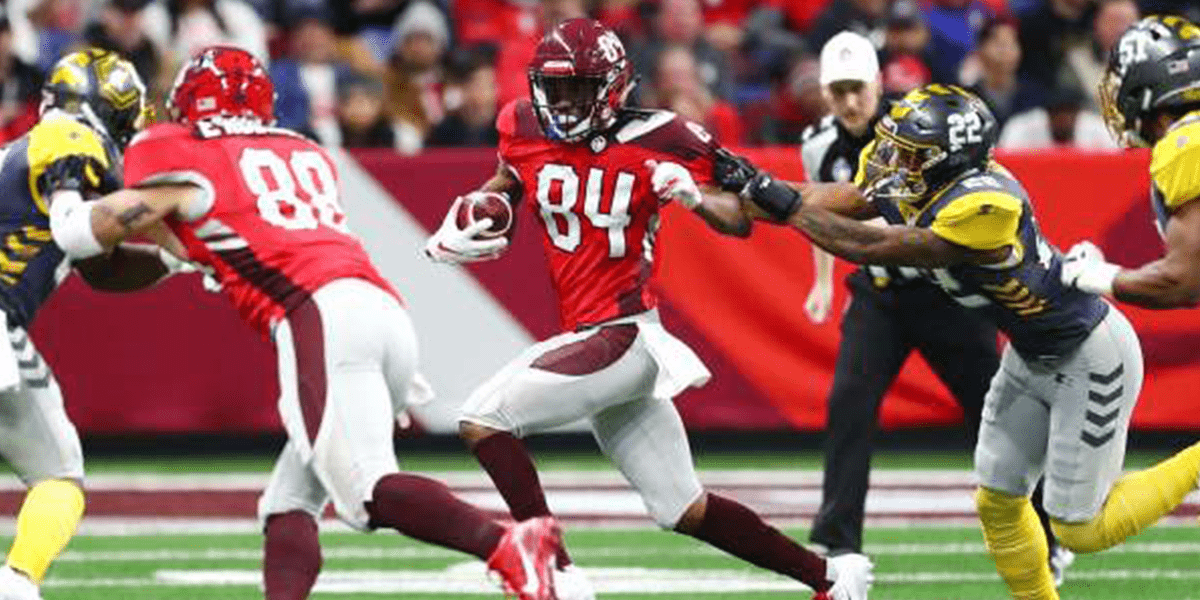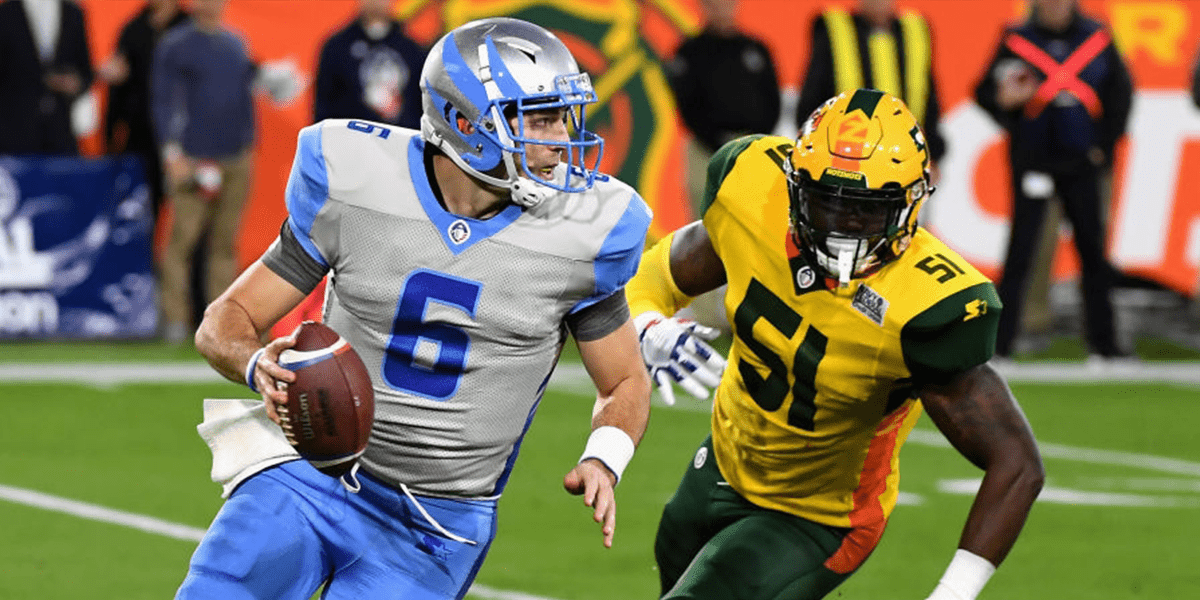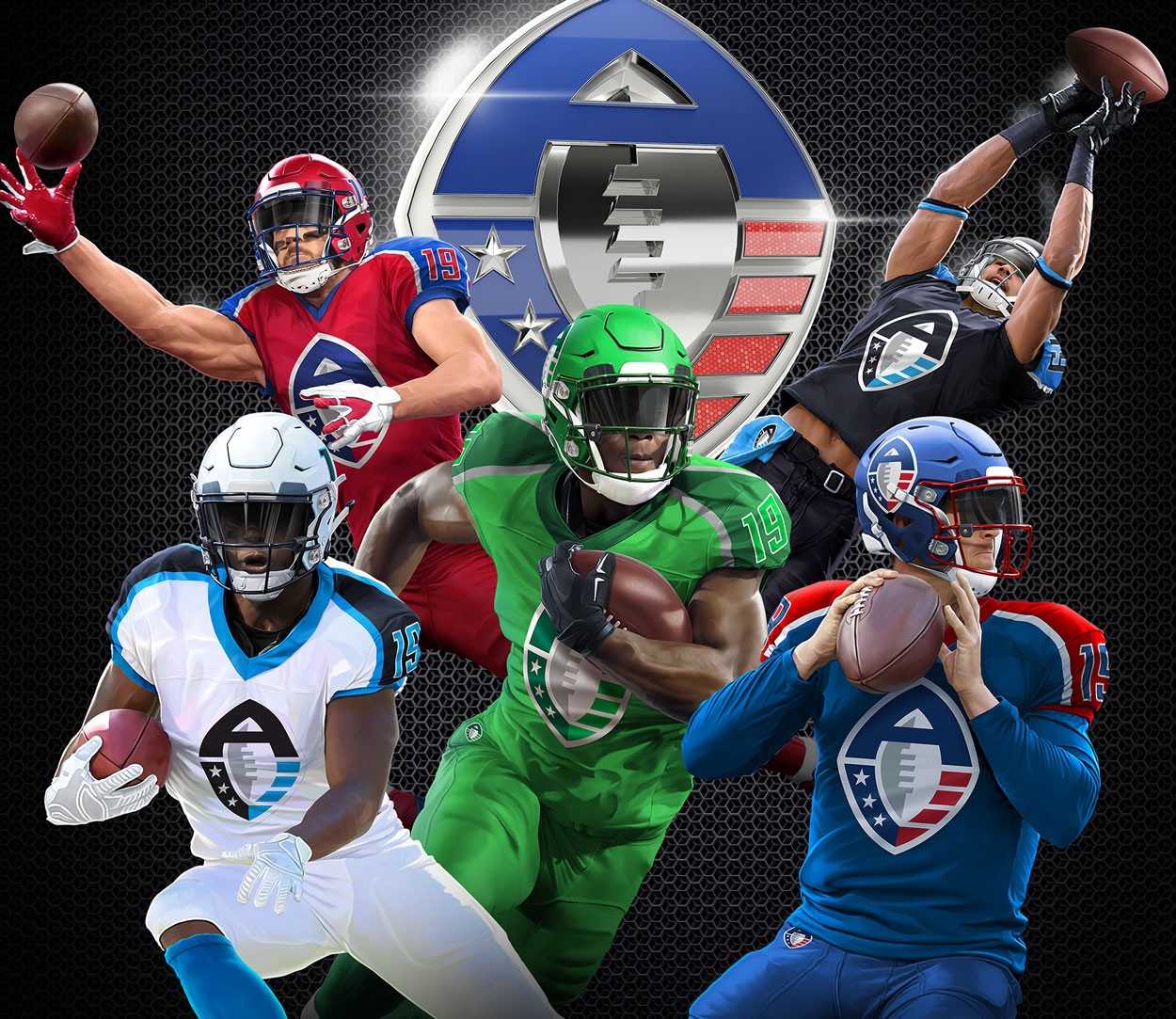The Alliance of American Football (AAF) kicked off last week. There were some rules that were different in comparison with the NFL, but the pace of the game was the biggest surprise to me. I was able to watch the San Diego Fleet versus the San Antonio Commanders Saturday night. Kickoff was at 8:15 p.m. EST, and by 9 p.m. it was already half time. Each game only had two TV timeouts. Even during these, a split screen was done so that the viewer could still see what was going on on the sidelines. Also, to help keep the pace moving, the AAF had a 35-second play clock instead of the 40-second clock like the NFL.
Another cool aspect that the AAF brings — and I was liking this — was when there was a replay challenge, the camera would go to the replay booth where the replay judge was reviewing the play. You also got to hear them radioing down to the field ref of what the decision was on a given play. There were only two or three replay reviews and only one I thought they may have gotten wrong but it was so close that I understood what the booth saw. There was no more, “What did the booth see to overturn that call?” questions.

Something else that was really nice to see — and it took a couple times to get used to — was the fact that the refs let the players play. What I mean by taking me a couple times to get used to was seeing some of the hits. For example, in the San Diego v. San Antonio game, San Diego’s quarterback got destroyed by San Antonio’s linebacker so badly that his helmet popped off and bounced a good couple of yards. From the replay it looked like a good hit but in the NFL, San Antonio’s linebacker probably would have been flagged and fined come Monday morning. This wasn’t the only incident. There were plenty of hits all over the field in all of the games.
Speaking of players, I think maybe the only loser from this weekend was Christian Hackenburg. I thought, “Well, now he’s getting the playing time that a lot of football experts thought he needed to get better plus playing with players that aren’t superstars so maybe he can do something.” Well, boy was I wrong. He was terrible. For the game he was 10 for 23 for 87 yards, solidifying the first-ever shut out in the league history. This may be the end of the road for Mr. Hackenburg, but we shall see.
Unlike Hackenburg, a quarterback that had an outstanding weekend was Arizona’s John Wolford. He was slinging it all over, connecting on four touchdowns and leading his team to a entertaining 38-22 victory over the Salt Lake Stallions. Who is John Wolford you ask? Well, he spent some time with the New York Jets this past NFL season training camp before being released but is also a Private Equity analysis. Former Bengals head coach Marvin Lewis compared his play to that of Drew Brees of the New Orleans Saints.

The last thing I would like to touch on about this past weekend’s games are the winners and losers. The losers definitely have to be all the skeptics who said no fans will show up and that it would never take off with a bunch of cast-off players. Well, sorry to tell you guys, but as of right now you were wrong. The AAF had better ratings going up against the NBA’s Houston versus OKC game. Now yes, I know it was only week one, but that’s still impressive to outperform one of the four major sports on television.
Will the fans keep tuning in? Can the AAF bring in new viewers to improve those numbers? These are all questions that we will find out over the next two or three weeks. The winners of this weekend? Well, other then the winning teams, it is the fans. All the football fanatics who miss football every weekend between March and September won because like I said earlier, the play that was put out was enjoyable — except for watching Christian Hackenburg.
Follow me @jimboSTSPORTS and Stay Tuned Sports @STSportsPodcast






